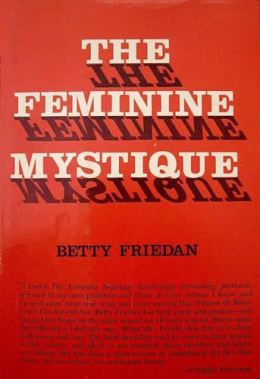
It was an unprepossessing formulation: “the problem that has no name.” But Friedan’s shorthand description of a widespread midcentury female unhappiness turned out to be a clarion call to social revolution. Many date the beginning of the contemporary women’s movement to the publication of Friedan’s surprise best seller. Initially, the author had intended her work to be a magazine article, but no publication would touch it; the book, five years later, was no less feisty: “We can no longer ignore that voice within women that says: ‘I want something more than my husband and my children and my home.’ ” By 1966, Friedan was the president of the National Organization for Women, and modern feminism had found its urtext.
